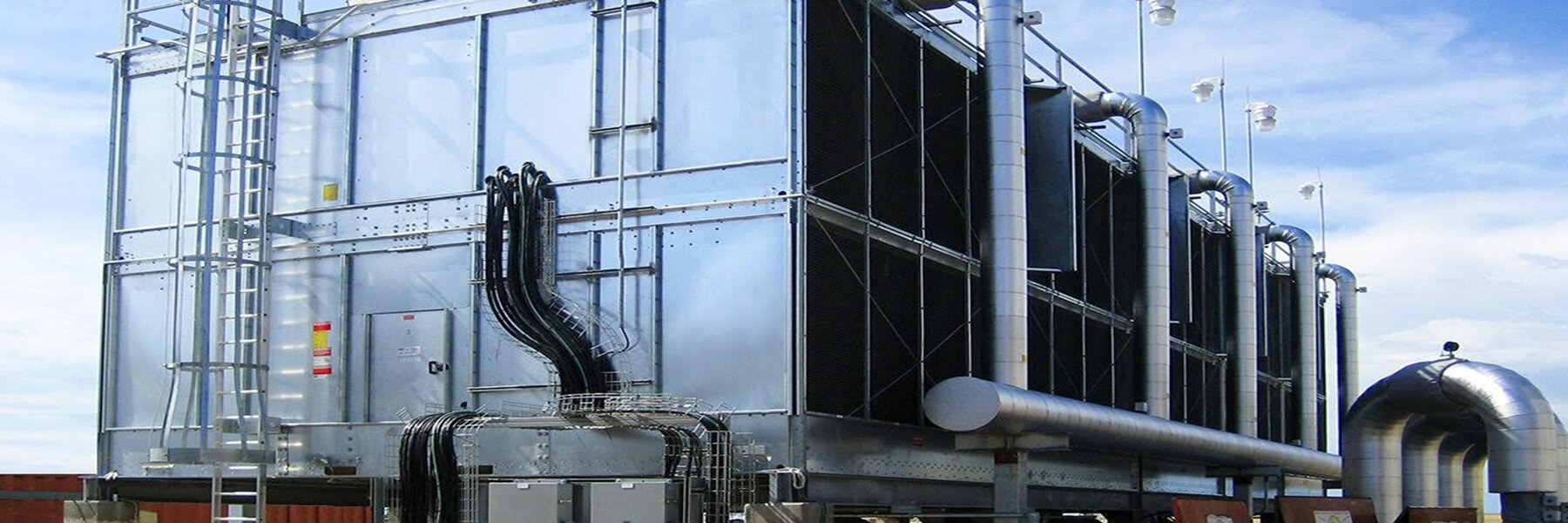Hybrid Geothermal Systems: Dispelling the myths
by: sergio almeida, p.eng - diverso energy
Designing an integrated geothermal system doesn’t require expensive “hybrid” equipment
‘Don’t size your system for the peak load because you only use that 2% of the time!”
Sound familiar? If you heard this statement it was probably followed by: ‘Size your system for 70-80% of the load and use a hybrid approach.’ That sounds good in theory, that is until you understand that geothermal system design isn’t all about peak capacity.
Total annual heating and cooling loads – and the relative balance between them – is the single biggest factor in proper design and operation of any geothermal system. Unlike conventional equipment you don’t pick up a catalog and select a “300-ton ground loop”. Many people in the industry utilize rules of thumb and use “tons” when determining the borefield size, but this represents a very narrow view of geothermal design and operation, and inevitably leads to poor decisions that come back to haunt them years later. One of the most common misconceptions is that the ground is supplying energy and therefore it’s all about capacity. In reality the ground loop acts more like a thermal battery, storing rejected energy in the summer months and returning it in the winter months, hence why annual balance is far more important than peak capacity.
In the first years of operation, most geothermal ground loops perform very well, maintaining consistently moderate temperatures even in the hottest and coldest days of the year. It isn’t until years later that, if not properly managed, the temperatures start to swing high and low and stress the operating limits of the equipment. As a result, many will tell you that you need fluid cooler and boilers in order to control these swings, but anyone with extensive experience designing and operating geothermal HVAC systems will tell you this can all be prevented years in advance. In fact, from my experience with operating systems it is often the use of boilers and fluid coolers that is the cause of an imbalanced or poorly performing system. Hybrid systems with fluid coolers and boilers are inherently more complex and as such should be reserved for applications where they are required, and there are no other options available to balance the system. In addition, the capital and operating savings from elimination of that equipment disappear and negatively impact the proforma for the owner (A 300-ton cooling tower isn’t half the cost to purchase or operate of a 600-ton cooling tower).
A more integrated approach to design considers all of the elements of the building mechanical systems and finds various ways to achieve an energy balance every year. Makeup Air units, Domestic Water Preheat, Snow Melt systems; all of these represent potential opportunities to offer a “hybrid” solution that allow a skilled operator to manage annual loads. Not only do these systems work as well as any conventional hybrid, but they also represent significant energy savings rather than very high energy and operating costs that traditional hybrids carry.
So the next time someone tells you to install a loud fluid cooler on your roof that takes up valuable space and requires extensive annual maintenance, politely decline and use your parkade ramp or hot water tank instead.


